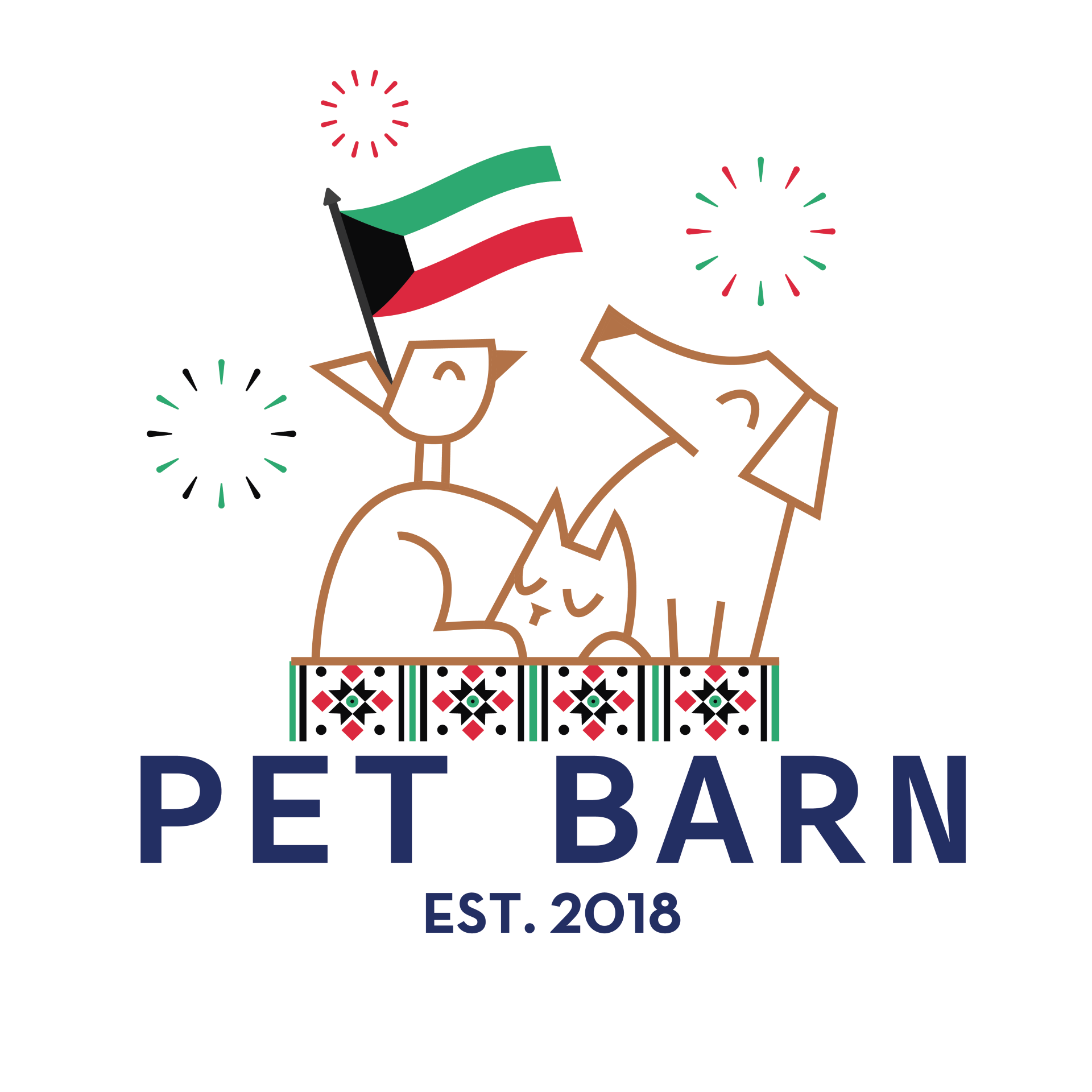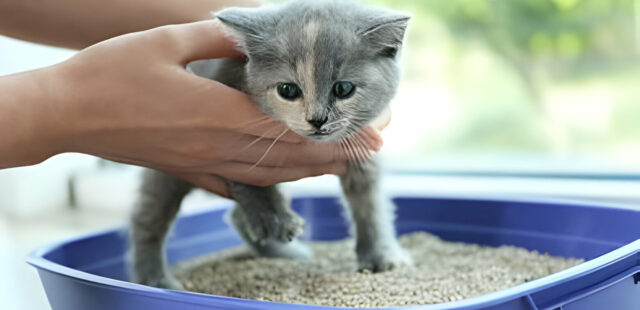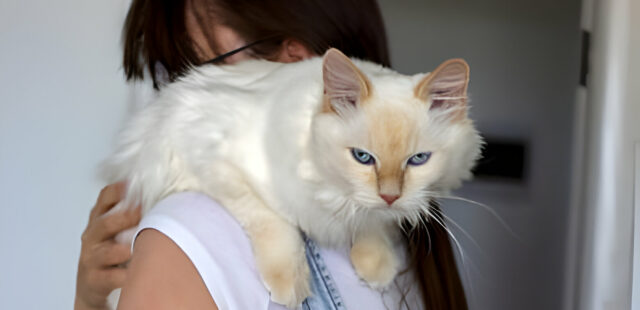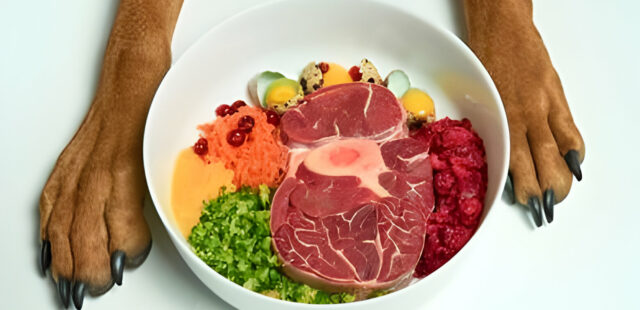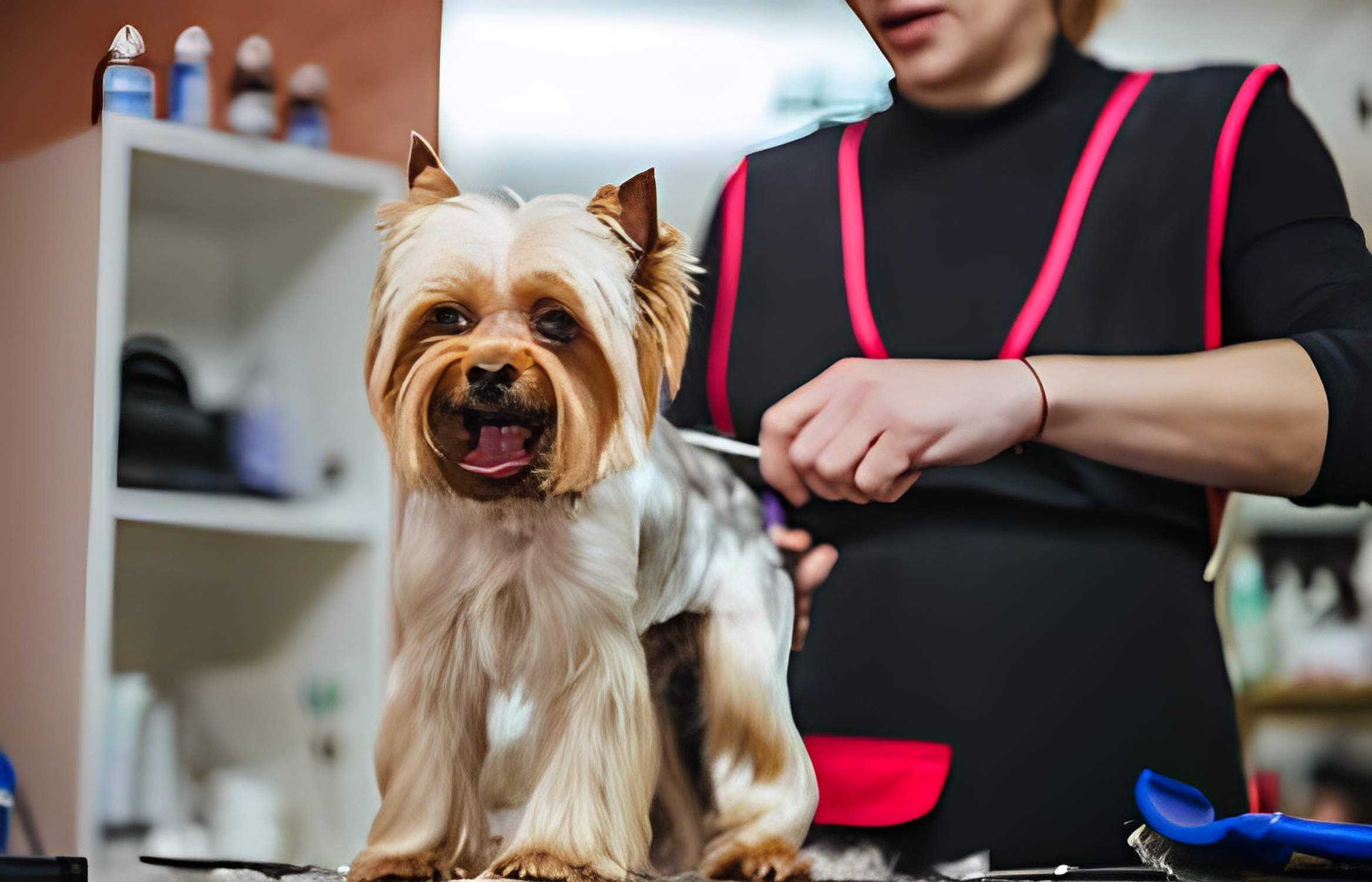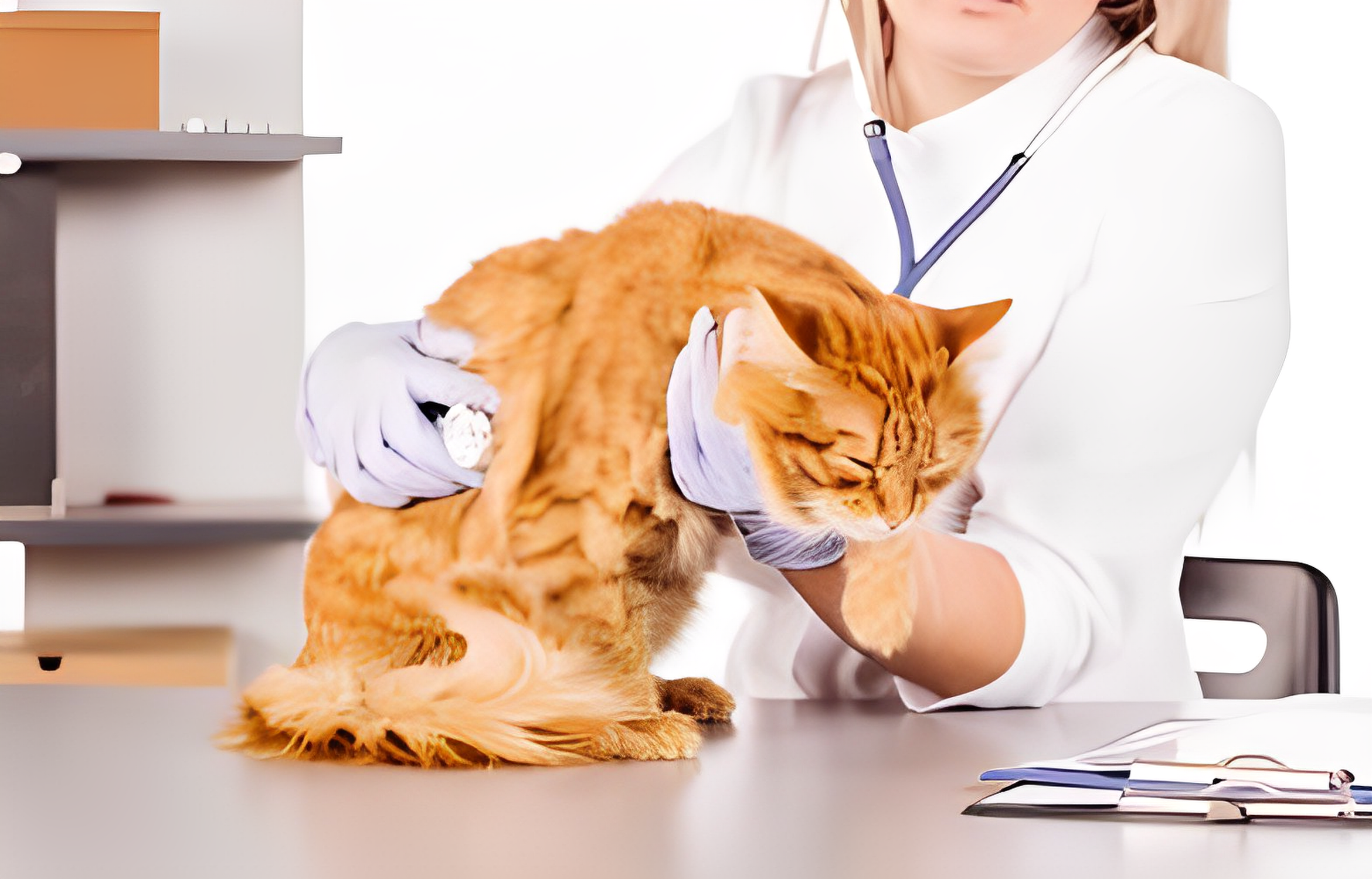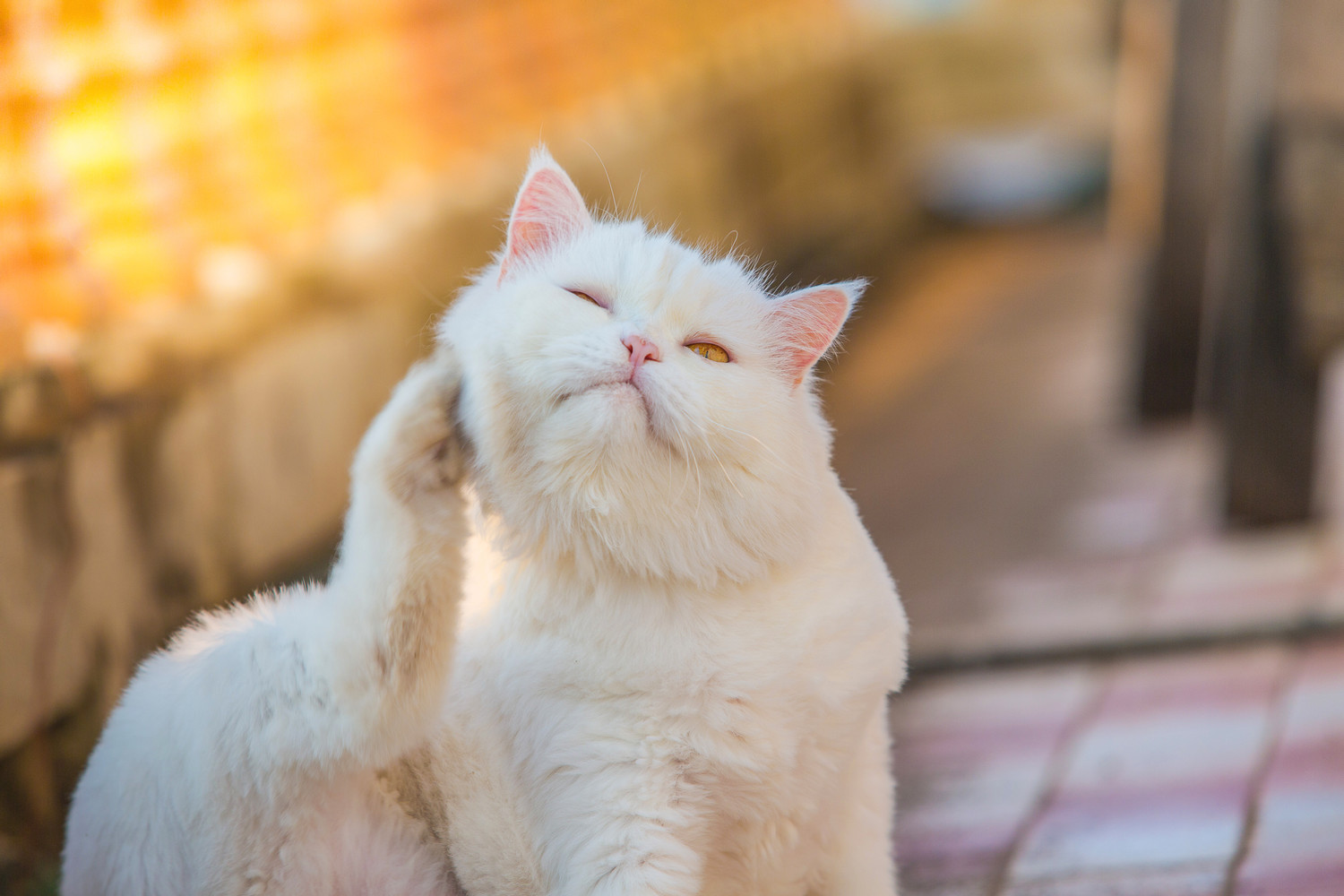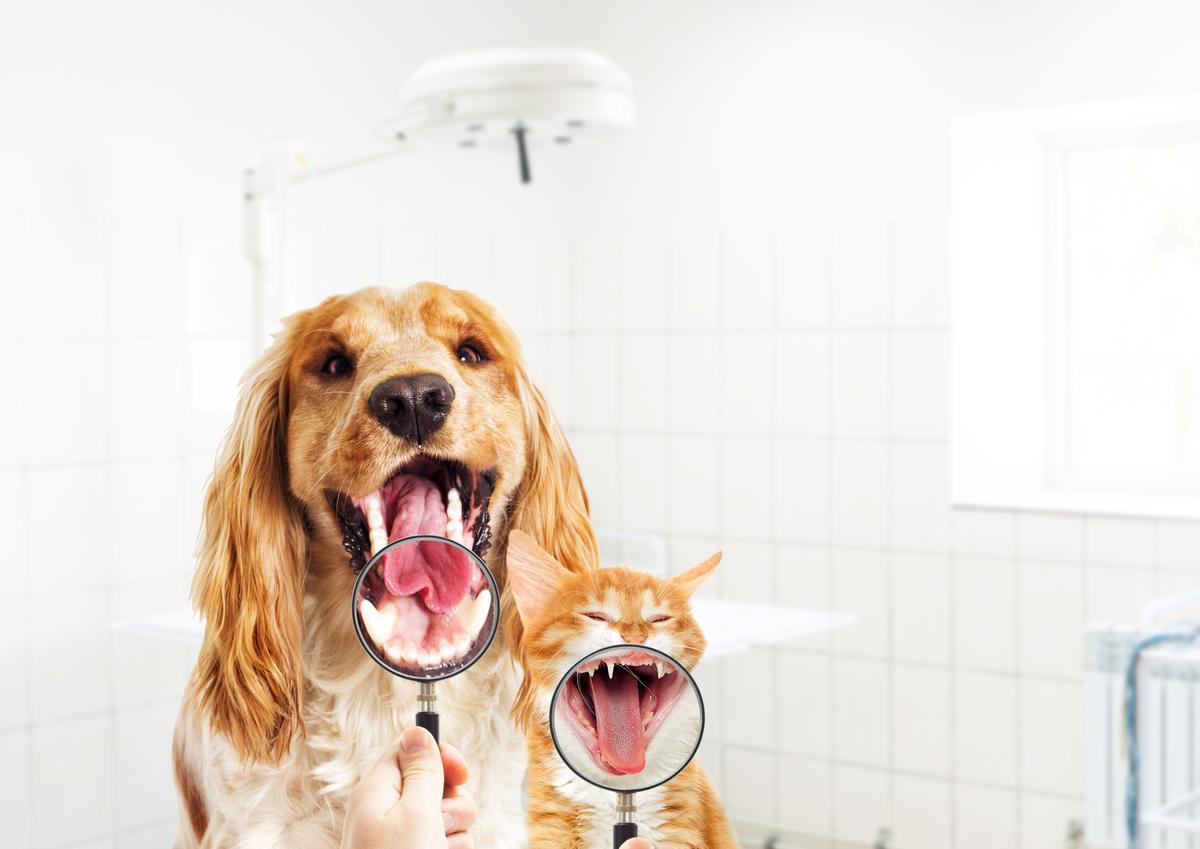When it comes to our four-legged companions, our dogs, grooming is more than just a beauty regimen; it’s a fundamental aspect of their well-being. Regular grooming is not only about making your dog look its best; it plays a pivotal role in preventing coat matting, tangles, skin issues, and even offers valuable insights into your dog’s overall health. Fortunately, in today’s world, an extensive array of grooming gadgets and tools is readily available, designed to make the process of maintaining your dog’s coat easier and more efficient. In this in-depth guide, pet barn will explore the various phases of dog grooming, the importance of each phase, and the essential tools needed at every step.
Brushing and Combing – The Foundation of Grooming
Brushing and combing are the building blocks of any successful grooming routine. These activities not only keep your dog’s coat in tip-top shape but also provide essential bonding time. The type of brush or comb you choose should align with your dog’s specific coat type. Here are some of the key options:
Slicker Brushes:
These brushes are invaluable for dogs with long or curly fur. They efficiently detangle mats and knots, making the grooming process more comfortable for your dog.
Bristle Brushes:
Designed for short-haired breeds, bristle brushes work to distribute natural oils, leaving your dog with a shiny and healthy coat.
Pin Brushes::
For dogs with long, silky hair, pin brushes gently remove loose hair and prevent tangling.
Undercoat Rakes:
Ideal for double-coated breeds, undercoat rakes help reduce shedding by removing loose undercoat fur, keeping your home cleaner and your dog more comfortable.
Combs:
Fine-toothed combs are ideal for refining the grooming process, especially for areas around the ears, paws, and other delicate spots.
Regular brushing not only keeps your dog looking its best but also prevents painful matting, distributes natural oils for a healthy coat, and offers an opportunity for you to check for any irregularities or pests, such as ticks or fleas.
Bathing – Keeping the Coat and Skin Healthy
A clean coat is a healthy coat, and bathing your dog is an essential part of any grooming routine. However, selecting the right dog shampoo and conditioner is crucial to maintain the integrity of your dog’s coat and ensure their skin stays healthy. Look for products that are tailored to your dog’s specific coat type and any sensitivities or allergies they may have.
Regular bathing helps remove dirt, debris, and odors, and it can also soothe itchy or irritated skin. However, be cautious not to overdo it, as excessive bathing can strip your dog’s coat of natural oils, leading to dryness and potential skin issues.
Haircut and Trimming – Maintaining the Perfect Length
Many dog breeds require regular haircuts to keep their coat at the desired length and style. Clipper and trimmer are indispensable tools for this purpose. While professional grooming services are often necessary, having a good pair of clippers at home can be beneficial for quick touch-ups between appointments.
Maintaining the right coat length not only enhances your dog’s appearance but also helps them stay comfortable in various weather conditions. Long, thick fur may be beautiful, but in hot weather, it can lead to discomfort and even overheating. Conversely, in cold weather, a well-maintained coat provides insulation against the chill.
Nail Care – Essential for Comfort and Health
Nail trimming is a crucial part of grooming. Overgrown nails can be uncomfortable and even lead to health issues, including joint problems. Ensure you have a reliable pair of dog nail clippers and learn how to trim your dog’s nails safely.
Frequent nail trimming maintains the comfort and well-being of your dog, as excessively long nails can alter their gait, leading to discomfort and pain. Keeping their nails short also helps prevent them from breaking or splitting, which can be painful.
Ear Cleaning – Preventing Infections and Discomfort
Ear infections are a common concern for many dogs, making routine ear cleaning a critical preventive measure. Invest in dog-specific ear cleaners that are gentle and safe for use. It’s essential to exercise caution when cleaning your dog’s ears and seek professional guidance if you have any doubts.
Regular ear cleaning not only prevents infections but also allows you to spot any irregularities, such as excessive earwax or redness, which can be early signs of an issue that requires veterinary attention.
Oral Hygiene – Often Overlooked but Vital
Oral health is frequently overlooked in dogs, but it’s crucial for their overall well-being. Just like humans, dogs can develop dental issues that may lead to discomfort, pain, and even more severe health problems. Regular tooth brushing with dog-specific toothpaste can prevent dental problems and maintain fresh breath.
Poor oral hygiene can result in tooth decay, gum disease, and bad breath. By introducing a regular tooth brushing routine, you’re ensuring that your dog maintains a healthy mouth, making eating and playing more comfortable for them.
Grooming Table and Restraints – Safety and Convenience
For a more controlled and convenient grooming experience, consider investing in a grooming table and restraints. These tools help keep your dog steady during grooming, making the process safer and less stressful for both you and your furry friend. Proper restraints ensure that your dog does not make sudden movements during grooming, which can lead to accidents or injuries.
A grooming table also allows you to work at a comfortable height, reducing strain on your back and making it easier to reach every part of your dog’s body.
Grooming Wipes – Quick Clean-Ups Between Baths
Grooming wipes are a handy option for quick clean-ups between baths. They help remove dirt, odors, and surface allergens from your dog’s coat. These wipes are particularly useful for dogs that enjoy outdoor activities and tend to return with dirt and debris on their fur.
Grooming wipes are a convenient way to keep your dog fresh and clean, especially when full baths aren’t necessary or practical.
Scented Sprays – The Finishing Touch
To keep your dog smelling fresh and clean, consider using scented sprays designed specifically for dogs. These sprays add a pleasant fragrance to your dog’s coat, leaving them smelling great. Scented sprays can be particularly useful between grooming sessions to refresh your dog’s scent.
The importance of good hygiene and scent goes beyond appearances. A clean and pleasant-smelling dog is more welcome indoors and around people, making for a harmonious coexistence.
In conclusion, grooming your dog is a multifaceted and dynamic process, involving several phases and specific tools at each step. By investing in the right grooming gadgets and establishing a regular grooming routine, you can ensure that your dog’s coat remains clean, healthy, and free from common issues like matting and skin problems. Grooming is also a wonderful opportunity for bonding with your furry companion, strengthening your relationship. Always seek guidance from your veterinarian or a professional groomer when in doubt about using grooming tools or addressing your dog’s unique grooming needs. With care and attention, you can provide your dog with the best possible grooming experience and help them lead a happy, healthy life.
